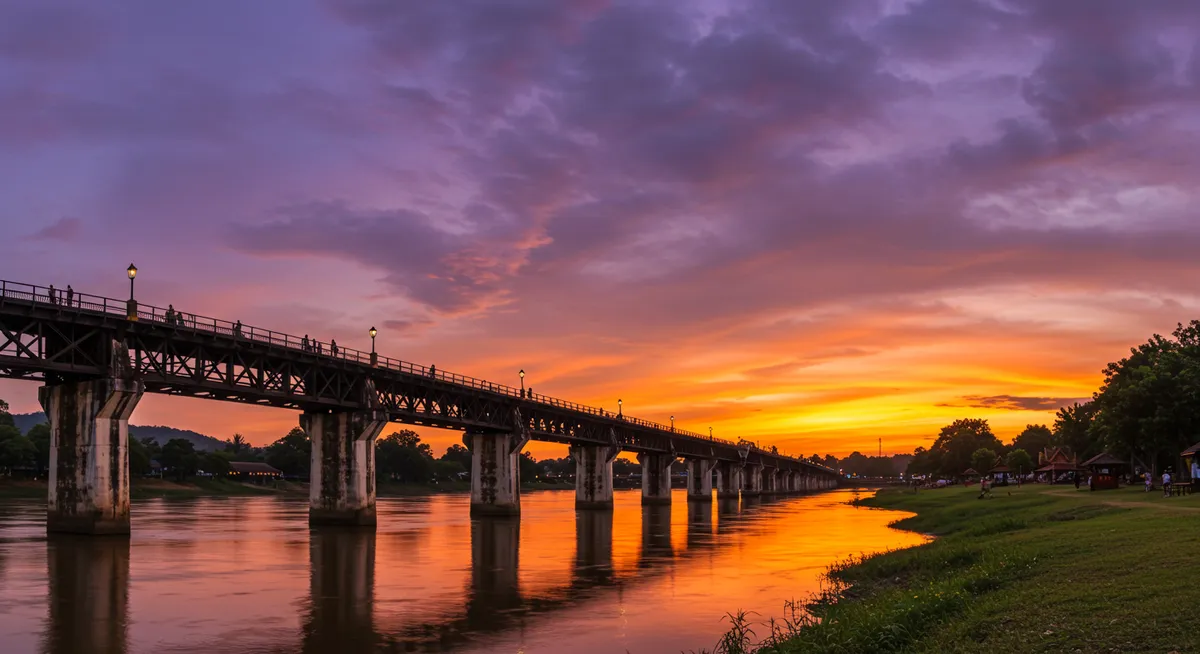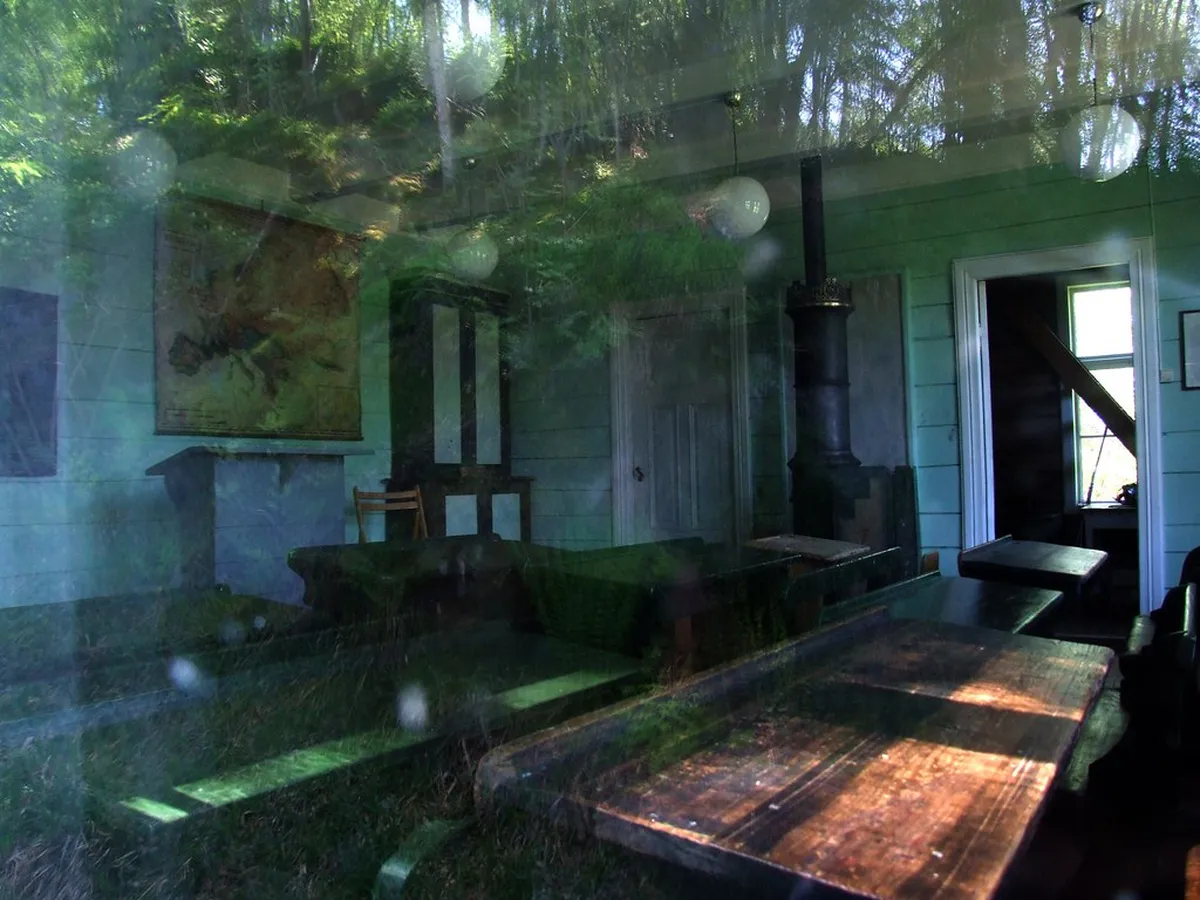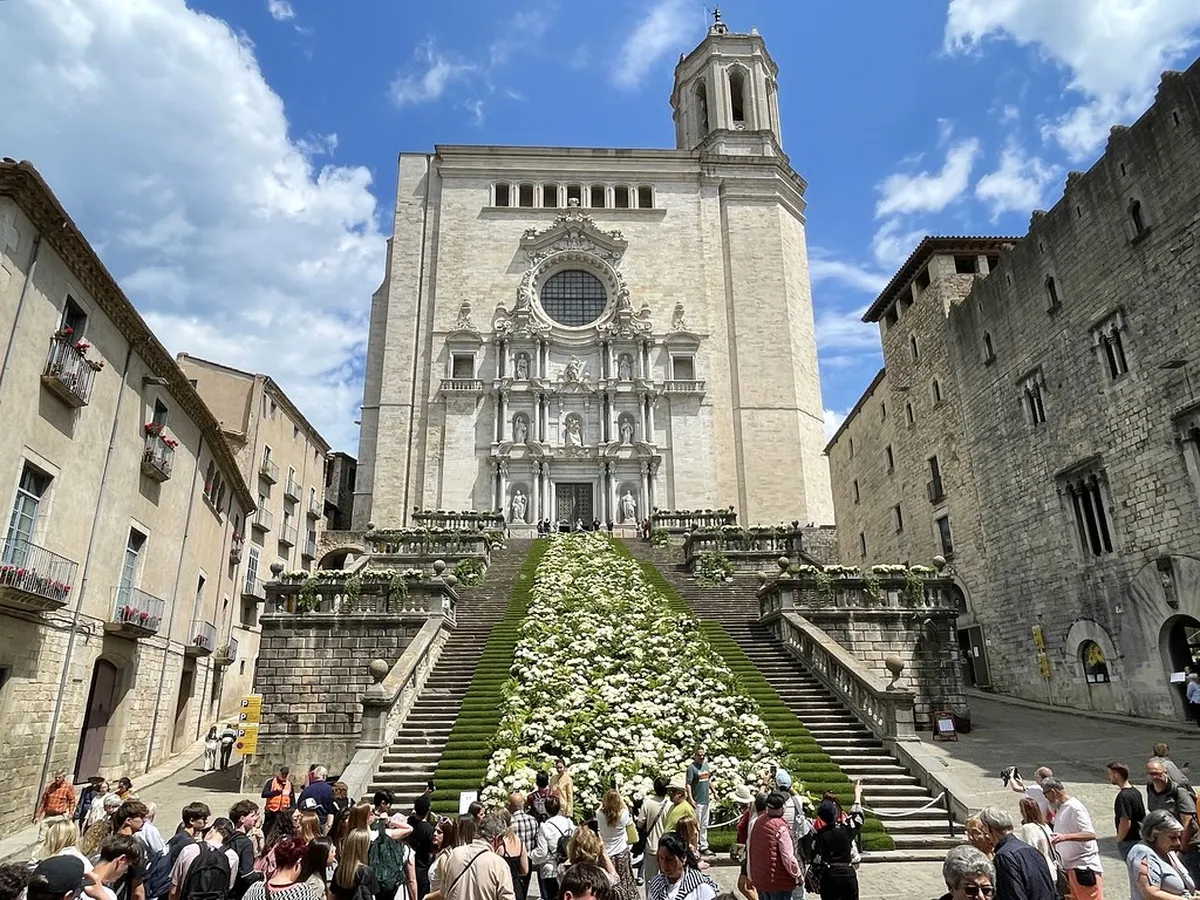The Bridge Over the River Kwai: History and Visitor's Guide to Kanchanaburi
Having explored Kanchanaburi myself, I can attest that the Bridge over the River Kwai is more than just an iconic landmark; it's a profound testament to a harrowing chapter in history. This site offers a powerful and reflective experience, urging visitors to understand the immense sacrifices made during World War II. For anyone planning a trip to Thailand, immersing yourself in the rich yet somber narrative surrounding the Bridge over the River Kwai history and visitor guide is essential. This guide provides both the crucial historical context and practical tips to ensure your visit is as informative and impactful as possible, truly honoring its legacy. Discover the best local cuisine with our Kanchanaburi food guide. Schedule your trip with our Kanchanaburi itinerary.
The Somber History of the Bridge Over the River Kwai
Plan this trip faster with our free online itinerary maker. Get a personalized day-by-day plan in minutes.
The tragic tale of the Bridge over the River Kwai begins during World War II, a period marked by unimaginable human suffering. Constructed by Allied Prisoners of War (POWs) and Asian laborers under brutal Japanese occupation, this railway bridge was part of the infamous 'Death Railway' linking Thailand to Burma. Thousands perished from starvation, disease, and horrific working conditions, making the project a stark reminder of wartime atrocities. My personal reflection on standing at this site underscored the sheer scale of the sacrifice. While the 1957 film popularized the story, the true Bridge over the River Kwai history is far more complex and heartbreaking than any cinematic portrayal can capture, emphasizing the resilience and endurance of the human spirit amidst cruelty. Find the perfect place to stay with our Kanchanaburi accommodation guide.
Visiting the Bridge Over the River Kwai Today
Today, visiting the Bridge over the River Kwai offers a chance to reflect on its powerful history while also experiencing the bustling modern life around it. The bridge itself is open to pedestrians, allowing you to walk across its historic spans and envision the arduous construction process. Trains still cross the bridge regularly, and many visitors opt for a short, scenic ride along the Death Railway for a more immersive experience. When planning your visit, I highly recommend arriving early in the morning to avoid the biggest crowds and truly appreciate the tranquility of the river. For detailed directions, exploring how to get to Kanchanaburi from Bangkok will streamline your travel plans and ensure a smooth journey to this significant landmark. Enhance your Kanchanaburi experience with our Kanchanaburi itinerary. Enhance your Kanchanaburi experience with our Kanchanaburi itinerary.
Beyond the Bridge: Exploring Kanchanaburi's WWII Sites
While the Bridge over the River Kwai is undoubtedly the centerpiece, Kanchanaburi offers numerous other sites critical to understanding its WWII legacy. Just a short walk from the bridge, you'll find the JEATH War Museum, offering raw, powerful insights into the living conditions of the POWs through recreated bamboo huts and artifacts. Nearby, the Kanchanaburi War Cemetery provides a solemn place of remembrance, where thousands of Allied soldiers are laid to rest. Each visit reinforces the profound human cost of the railway's construction. To fully immerse yourself in the region's diverse offerings, be sure to explore other things to do in Kanchanaburi, Thailand, which seamlessly blends its historical depth with natural beauty and local charm. Connect with nature using our Kanchanaburi nature guide. Coordinate your travel plans with our Kanchanaburi itinerary.
Frequently Asked Questions
⭐ Recommendation: Don't miss out on amazing Kanchanaburi tours - book now!
Is the Bridge over the River Kwai the actual bridge from the movie?
What is the best time to visit the Bridge over the River Kwai?
The Bridge over the River Kwai stands not only as an engineering marvel but as a powerful symbol of resilience, sacrifice, and the enduring human spirit amidst unimaginable hardship. Delving into the Bridge over the River Kwai history and visitor guide offers a poignant connection to a pivotal moment in global history. By visiting, you honor the memory of those who suffered and contributed to its construction, gaining a deeper appreciation for peace. We encourage you to plan your visit responsibly, allowing ample time for reflection at the bridge and other significant sites. Consider extending your trip to create a comprehensive Kanchanaburi itinerary for a truly memorable experience.



